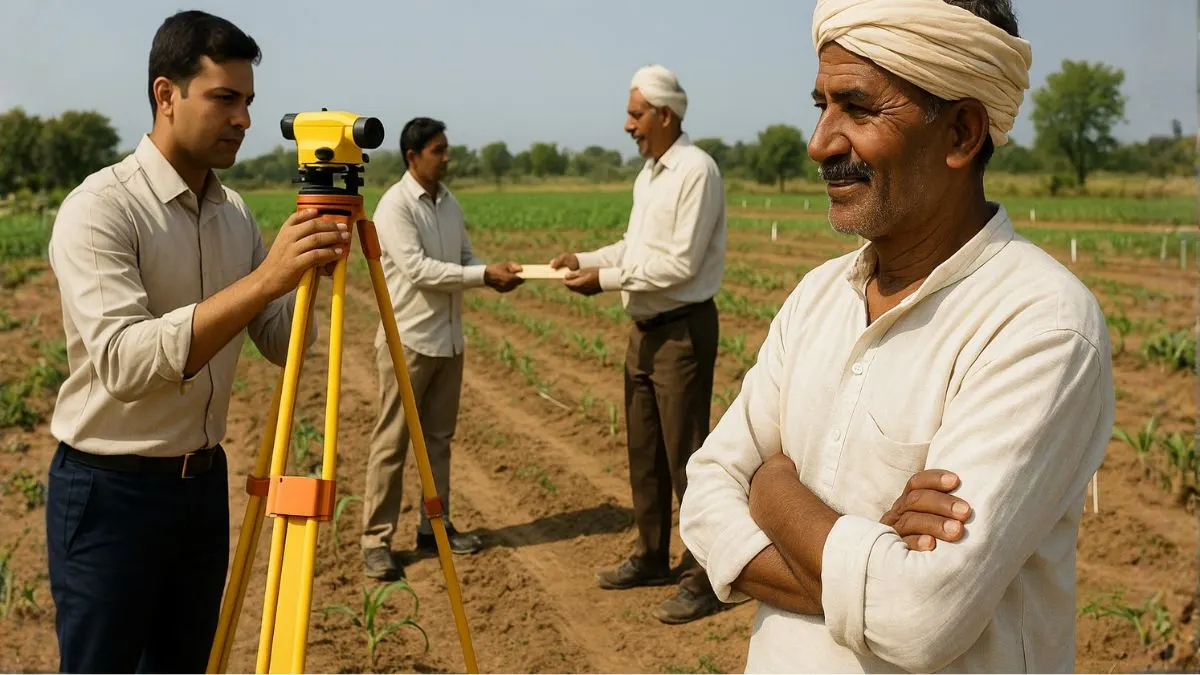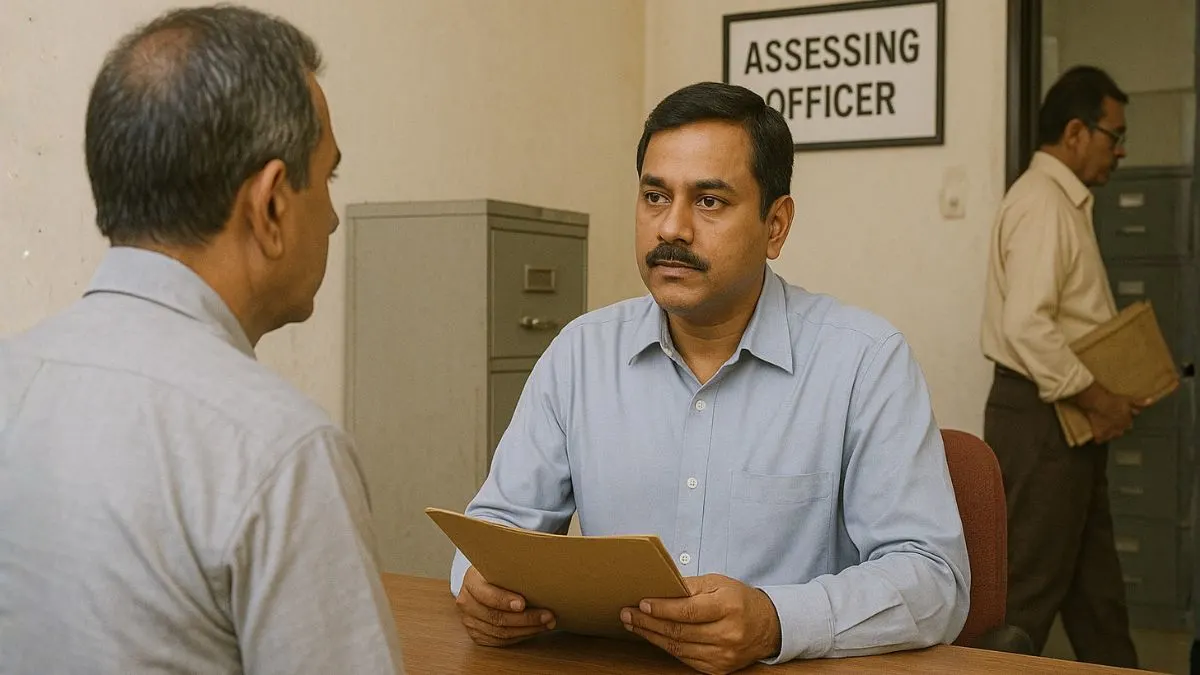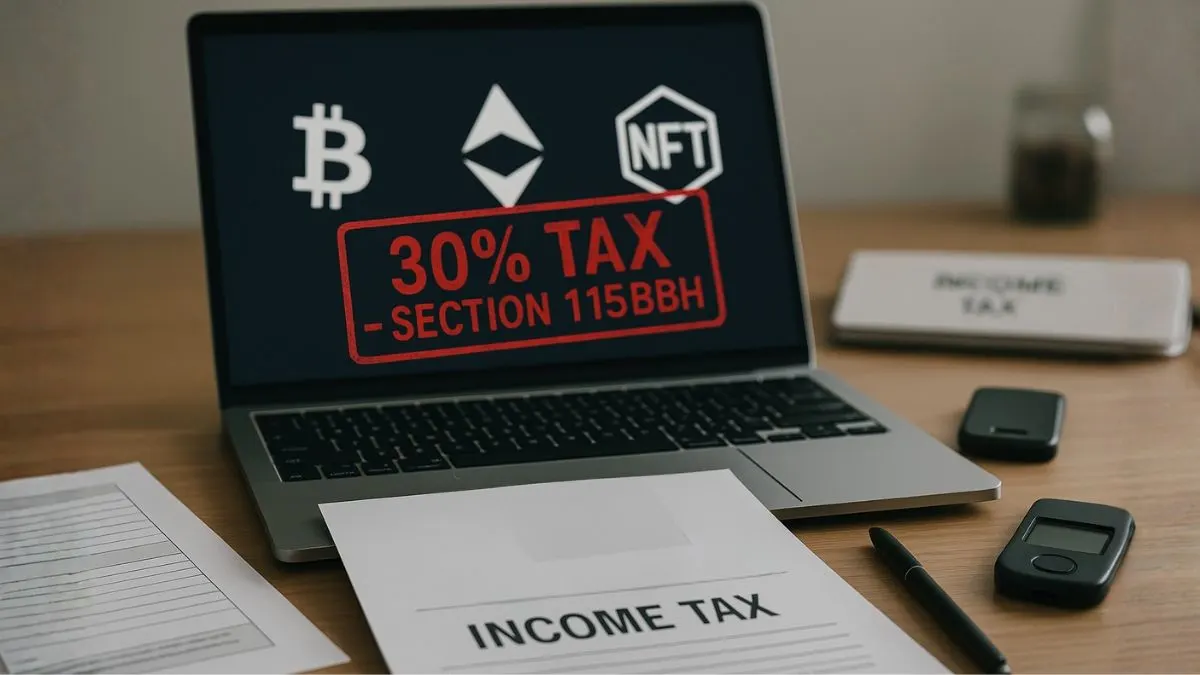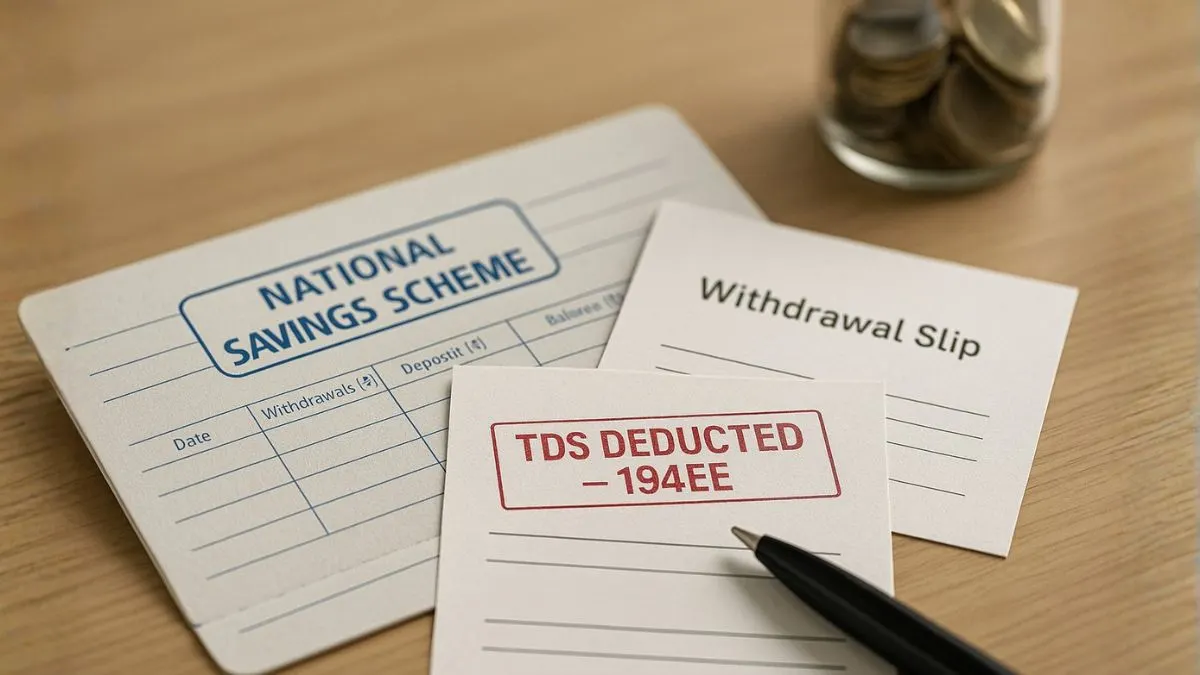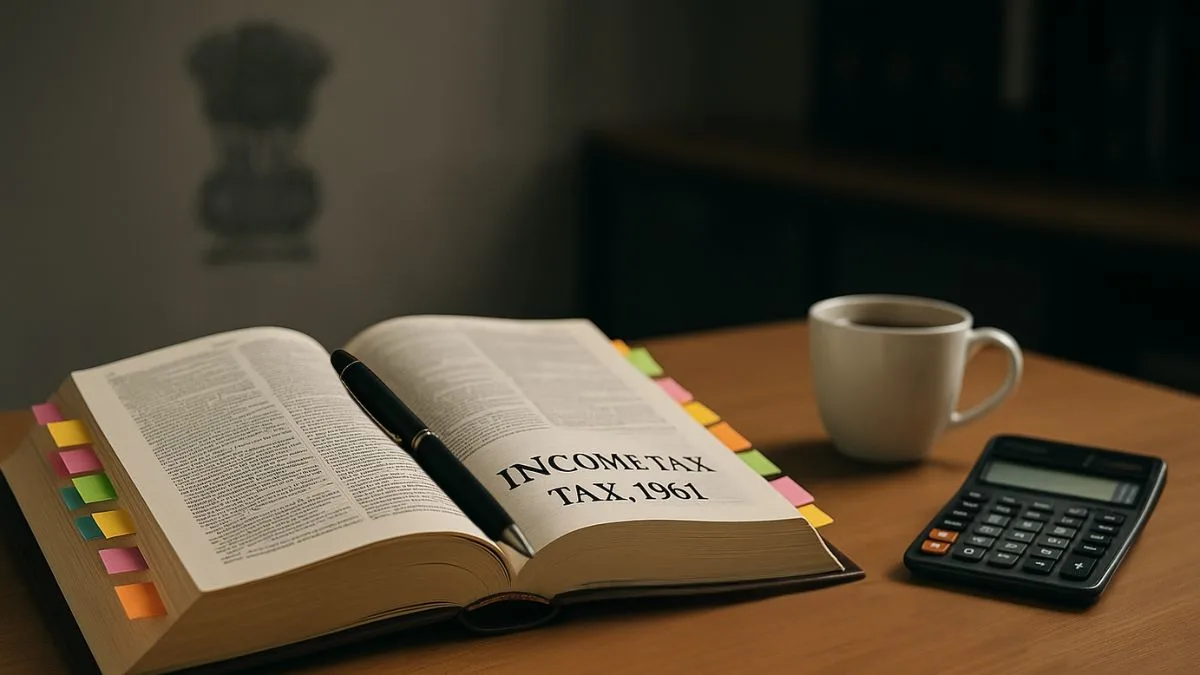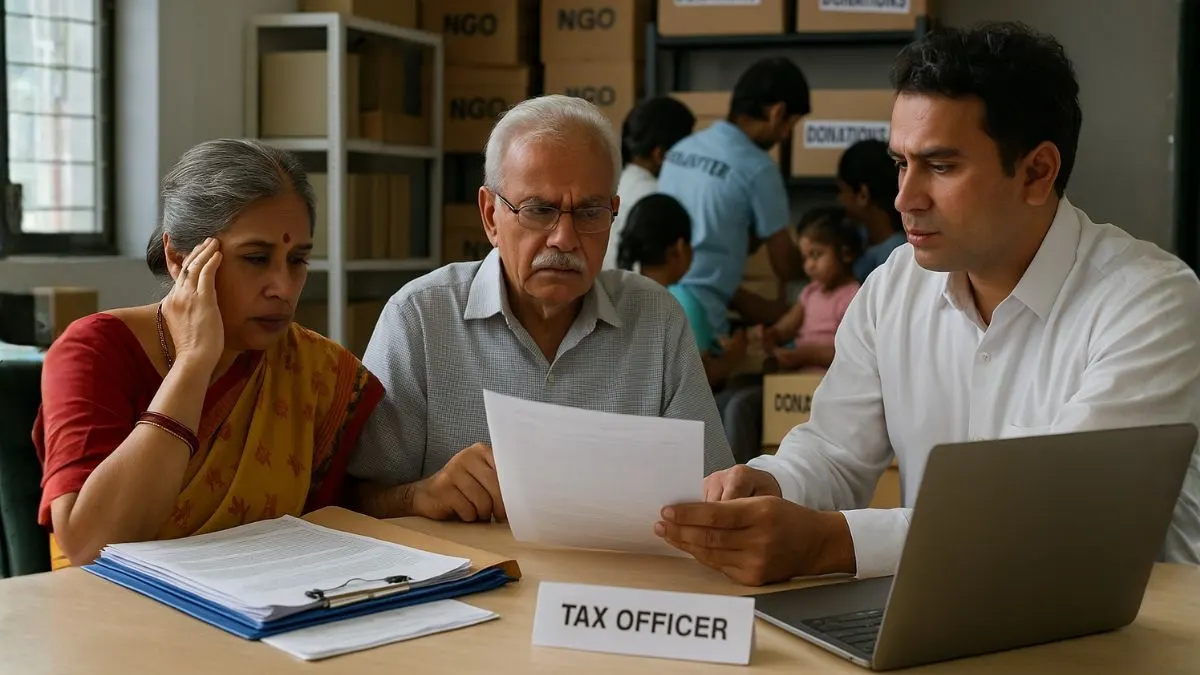
Charitable trusts & institutions in India play a massive role in social welfare — from running schools to funding hospitals.
The government, recognizing this contribution, gives them several tax benefits.
One of the most important provisions governing such exemptions is Section 11(7) of the Income Tax Act, 1961.
This section may sound technical, but in plain words, it decides how far a charitable or religious organization can enjoy tax-exempt status — and under what conditions.
Let’s simplify it.
What Does Section 11(7) Actually Say?
Under Section 11, the Income-tax Act provides an exemption from tax for income derived from property under charitable trusts & institutions.
So, if an organization genuinely uses its income for charitable or religious purposes, that income doesn’t attract tax.
However, the government noticed that some institutions were trying to claim double benefits — once under Section 10 (exempt income) and again under Section 11 (charitable income).
To close that loophole, Section 11(7) was introduced.
In simple language, this sub-section says:
If a trust or institution is registered under Section 12AA (or 12AB), it cannot claim exemption for the same income under any clause of Section 10, except those specifically allowed (like agricultural income or income of political parties, etc.).
This ensures transparency — one benefit at a time, not two.
Why Was Section 11(7) Introduced?
Before 2015, several charitable institutions used to enjoy dual exemption:
They would register under Section 12AA (which qualifies them for exemption under Section 11) and also claim exemption under Section 10(23C) or other clauses.
This created confusion & revenue loss for the government.
To fix it, the Finance Act 2014 added Section 11(7), effective from 1 April 2015.
Since then, a charitable or religious trust can only claim one specific exemption route — either under Section 10 or Section 11/12 — not both.
Scope of Section 11(7) — Who It Applies To
This sub-section applies to:
- Charitable trusts registered under Section 12AA or 12AB.
- Religious institutions claiming exemption on income derived from property held for such purposes.
- Educational & medical institutions that fall under the definition of “charitable purpose.”
The section directly affects any sum payable by any trust or institution that’s claiming a tax exemption under the Income Tax Act.
Also Read: Modes of Investment for Charitable & Religious Trusts
Simplified Example
Imagine a trust, Helping Hands Foundation, registered under Section 12AB.
It earns ₹ 20 lakh from rent and donations, which it uses to fund free schools for underprivileged children.
Under Section 11, the income derived from property held under trust wholly for charitable or religious purposes is exempt.
However, if the same trust tries to claim exemption again under Section 10(23C) (for educational institutions), Section 11(7) steps in & says:
“You can’t have both. Choose one path.”
This avoids overlap & simplifies auditing for the tax authorities.
How It Links with Section 10 and Section 12
- Section 10 lists types of income that are exempt from tax (e.g., agricultural income, income of political parties, certain pension funds, etc.).
- Section 12 extends similar benefits to voluntary contributions received by registered trusts."
- Section 11(7) creates a boundary — you can enjoy benefits either under Section 10 or Section 11 & 12, but not both simultaneously.
Income Deemed to Be Received
The Act also clarifies when certain income is considered “received.”
For charitable trusts, income deemed to be received includes:
- Any voluntary contributions earmarked for a specific purpose.
- Donations that must be used in India within the specified time.
- Income accumulated under Section 11(2) if not used within the allowed period.
Such income, even if not physically received, is treated as taxable if it violates the specified conditions.
Key Conditions for Exemption Under Section 11
To claim exemption successfully, a trust must:
- Be legally registered under Section 12AA or 12AB.
- Apply its income for charitable or religious purposes in India.
- Not divert funds for personal benefit.
- File an annual return with audited accounts.
- Use at least 85 % of its income for its charitable objectives.
If any of these conditions are broken, the exemption may be withdrawn.
Also Read: Tax Treatment of Charitable Trusts & Institutions
Difference Between Section 10 and Section 11(7)
|
Basis |
Section 10 |
Section 11(7) |
|
Nature |
General exemptions (for specific incomes) |
Restrictive clause preventing double benefits |
|
Eligibility |
Applies to certain income categories |
Applies to charitable/religious trusts |
|
Purpose |
Allows specified incomes to be tax-free |
Ensures only one exemption route is used |
|
Example |
Income from agriculture or foreign grants |
Income from property held under trust wholly for charitable or religious purposes |
Practical Impact on Trusts and NGOs
Since this rule came into force, every trust must decide which route to follow while filing its tax return.
For most organizations, registering under Section 12AB is enough to claim exemption on charitable income.
However, if a trust runs a hospital or school that falls under Section 10(23C), it must choose one benefit & declare accordingly.
Filing under both can lead to scrutiny or rejection of claims by the Assessing Officer.
Circulars and Clarifications by CBDT
The Central Board of Direct Taxes (CBDT) has issued several clarifications stating that:
- Once a trust is registered under Section 12AA or 12AB, its income cannot be considered under other exempt sections of Section 10.
- This rule prevents double tax advantages & ensures fair application of charitable benefits.
- Audit reports (Form 10B or 10BB) must reflect clear income heads to avoid mismatch.
Recent Amendments & Changes
With the introduction of Section 12AB (replacing 12AA registration), trusts must renew their registration periodically.
The logic of Section 11(7) remains the same — but compliance is stricter now.
Failure to renew registration or claiming dual benefits under Section 10 and Section 11 can lead to cancellation of registration and loss of tax-exempt status.
Also Read: Who Are the “Specified Persons” & Why It Matters for Charitable Trusts?
Important Case Laws
- DIT (E) v. Vishwaroopa Charitable Trust (2020): The court held that Section 11(7) bars double exemption claims under Section 10 & Section 11.
- CIT v. Sri Belimatha Mahasamsthana Socio Cultural Trust (2018): Only income derived from property used for charitable or religious purposes qualifies for exemption.
- CBDT Circular No. 14/2015: Clarifies that a trust registered under Section 12AA cannot claim benefits under Section 10(23C) unless registration is withdrawn.
These rulings establish that Section 11(7) is not just a technicality — it’s the guardrail that keeps charitable tax claims in check.
Income Derived from Property Held Under Trust
A trust’s primary income often comes from rent, donations, interest on investments, or property rents held in the name of the organization.
Such income derived from property held under trust wholly for charitable or religious purposes is the main element that qualifies for tax exemption under Section 11.
But remember — the moment any part of that income is used for non-charitable purposes, the benefit is lost.
Common Compliance Mistakes to Avoid
- Claiming under both Section 10 and Section 11 simultaneously.
- Using donations for activities outside India without permission.
- Failing to apply 85 % of income for charitable purposes within the year.
- Missing renewal of Section 12AB registration."
- Not maintaining separate books for business-linked charitable activities.
Avoid these errors to maintain your exempt status smoothly.
Why Section 11(7) Matters Today
With more charitable foundations & NGOs growing rapidly, the government wants a clear, transparent framework to track funds and usage.
Section 11(7) ensures no organization takes advantage of multiple benefits for the same income.
It maintains credibility in the non-profit sector & protects genuine charities from being clubbed with mis-reporting entities.
Also Read: Why Compliance Matters for Charitable Trusts
In Summary
|
Key Aspect |
Explanation |
|
Section |
11(7) of Income Tax Act, 1961 |
|
Applicable To |
Trusts and Institutions registered under Section 12AA/12AB |
|
Core Purpose |
Prevent dual tax benefits under Section 10 and Section 11 |
|
Income Covered |
Income derived from property held under trust wholly for charitable or religious purposes |
|
Linked Sections |
Section 10, Section 12, Section 45 (for capital income classification) |
|
Impact |
Only one route for exemption; ensures fair & transparent compliance |
Final Thought
At its core, Section 11(7) is not about penalizing trusts — it’s about ensuring fair play. If a trust is genuinely working for the public good, its income will remain exempt under the law. But if it tries to use multiple sections to reduce tax unfairly, the law steps in.
For NGOs, religious bodies, and charitable organizations, staying compliant with Section 11(7) means peace of mind — and the freedom to focus on their mission.
Need Help Filing or Renewing Trust Registration? At CallMyCA.com, our team helps charitable organizations handle their registration, audit reports, and exemption filings under Section 11 and 12AB.
If you’re unsure whether your trust is rightly claiming benefits or need clarity on Section 11(7), we can guide you end-to-end.
👉 Book your consultation now and avoid costly compliance errors before the assessment season begins.


